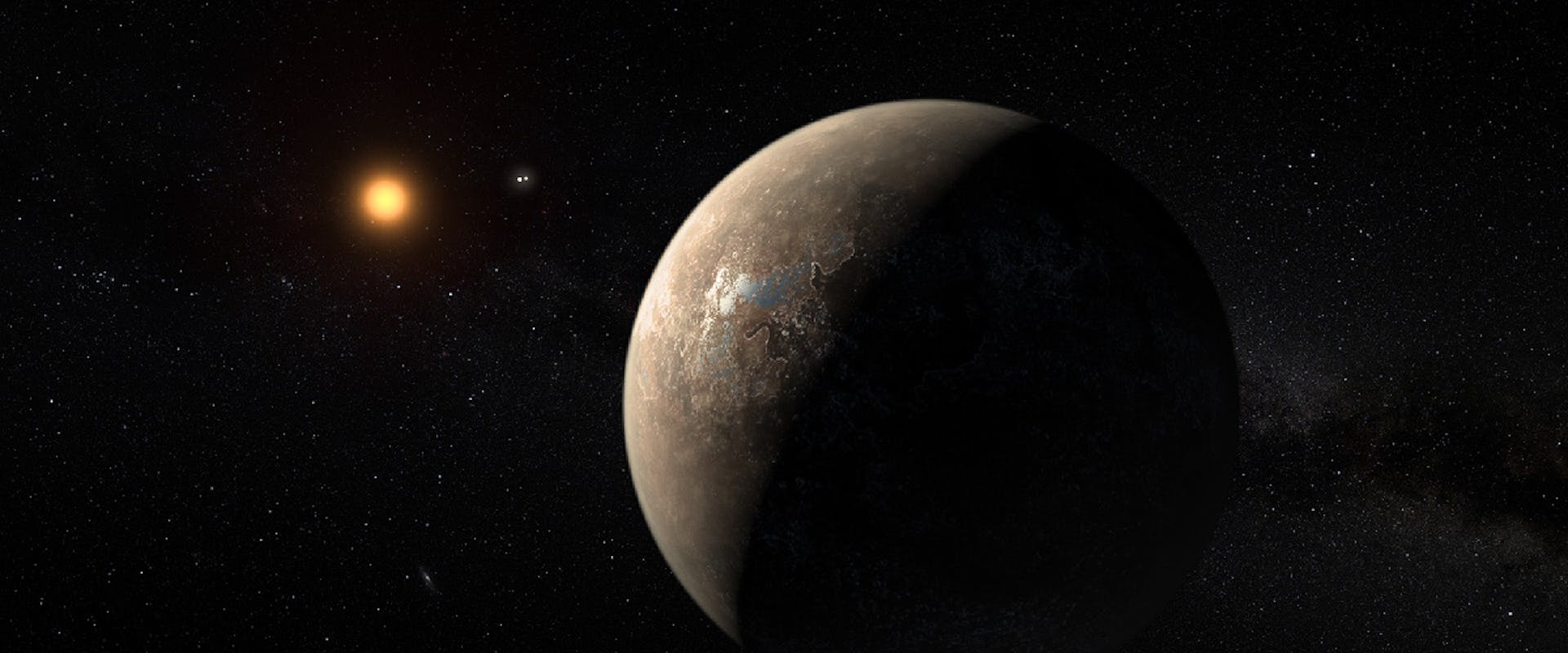Searching for exoplanets with a laser frequency comb
The discovery of exoplanets and how they might be used to search for extraterrestrial life forms, past or present, is key to understanding the formation of the solar system and the origins of life, particularly when it comes to answering the age-old question: is there life elsewhere in the universe?



